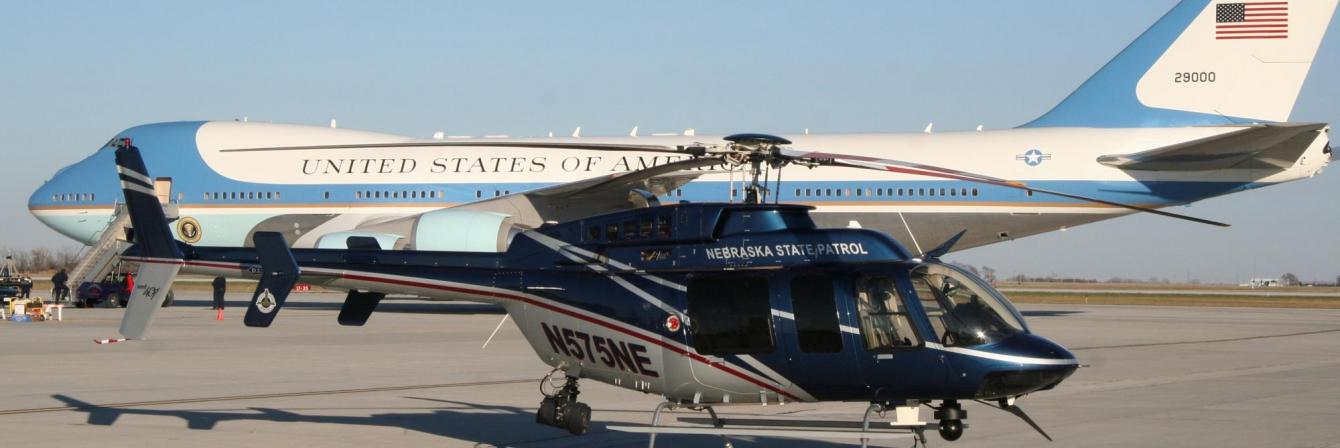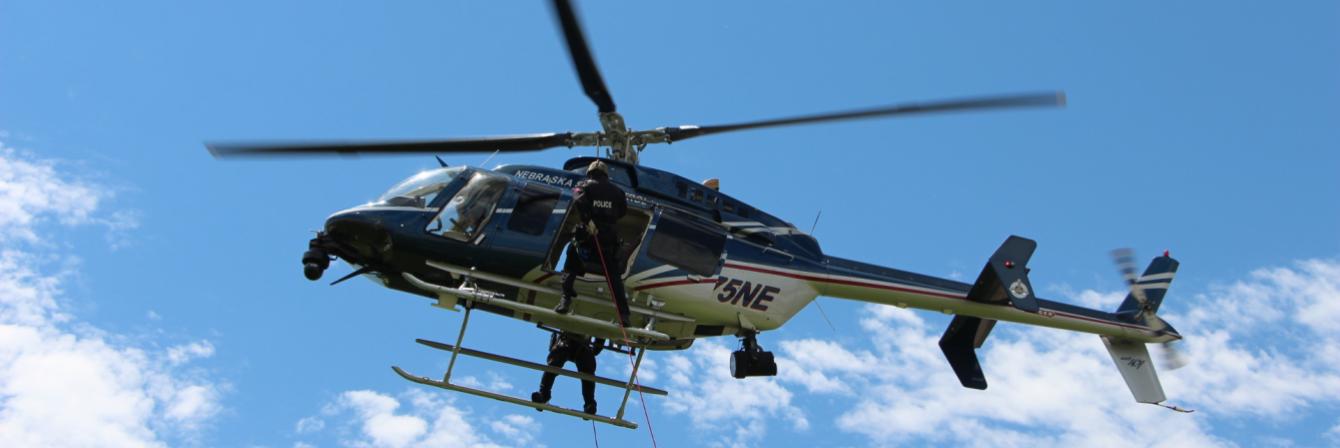Aviation Support
Aviation Support
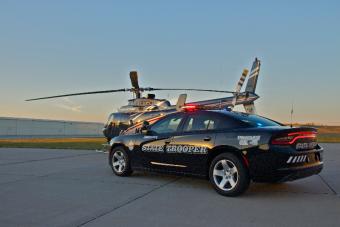
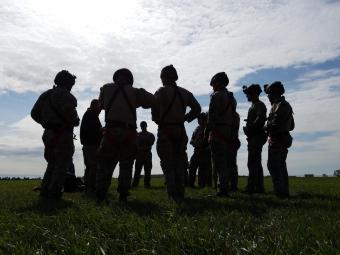
The pioneers of the Nebraska State Patrol foresaw a need for aircraft to assist in the enforcement of the laws of the State of Nebraska. Over 60 years ago, aircraft were first used by the Nebraska Safety Patrol in performing duties in the interest of public safety. This was the beginning of airborne law enforcement in Nebraska. The personal sacrifices of many individuals enabled a progression of occasional pilots flying Piper J-3 Cubs to full-time pilots flying a turbine powered helicopter and high performance aircraft. Today as a part of the Field Services Division, the Aviation Support Division (ASD) operates various aircraft in many roles to better serve the citizens of Nebraska.
The first airplane flown by a member of the Patrol was in 1946. D. R. Shearer of Omaha was the first pilot and flew to observe traffic on the highways. This was done on an experimental basis and was only used a few times. However, from this first trial period and until 1954, private citizens and their aircraft were solicited to assist in emergency situations. A Trooper rode with the citizen in his aircraft to act as an observer. In 1970 the Nebraska State Patrol purchased its first helicopter. It was a 1970 Bell 206B Jet Ranger. In 1979 that helicopter was replaced with a 1979 Bell 206BIII Jet Ranger. In 1980 the Patrol purchased three Cessna 182RG's. Over a period of nearly 30 years these aircraft flew a combined 40,000 flight hours serving the citizens of Nebraska.
Today the agency's aircraft operate almost daily in the interest of public safety. The division operates a Bell 407 helicopter, three Cessna T206H Turbo Stationair fixed-wing aircraft, and a Piper Super Cub. Some of their duties involve aerial speed enforcement and traffic observation, search and rescue, surveillance, photography, pursuits and criminal apprehension, natural disaster response, and the transportation of agency personnel and equipment.
The Aviation Support Division (ASD) will provide support to any law enforcement agency in the state. The Aviation Support Division routinely receives calls for assistance from City Police Departments, Sheriff Departments as well as the Nebraska Emergency Management Agency (NEMA) along with other state governmental entities. The ASD also provides regular assistance to federal agencies to include the Federal Bureau of Investigation, the Drug Enforcement Administration, the U.S. Marshals Service, and the United States Secret Service.
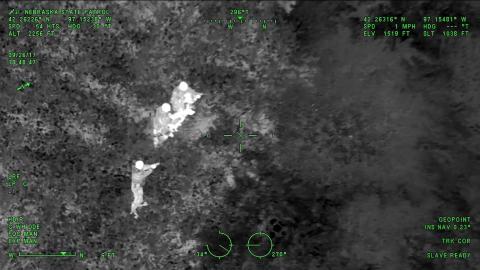
The Bell 407 helicopter is a turbine powered, seven place helicopter with excellent performance and lift capabilities. The Bell 407 you see below is outfitted with Forward Looking Infrared (FLIR) and a 30,000,000 candle power spotlight. The helicopter and the pilots operating it are also Night Vision Goggle (NVG) certified. The State Patrol's Bell 407 has the capability of transmitting live video from its externally mounted thermal and day light video camera to mobile receivers on the ground. This exceptional capability provides incident commanders on the ground an aerial view to better manage any critical situation.
Video down-link with forward looking infrared and standard video allow field commanders to view imagery as seen from the aircraft. The helicopter and two airplanes have the capability to transmit real time video onto handheld monitors and computer web browsers. For the first time, video down-link has allowed University of Nebraska personnel to view fans as they move about the campus during major sporting events. This technology is being developed to allow multi-agency directors to view the scene of a natural disaster area to coordinate the efforts in preservation of life and property. The thermal imagery below shows a suspect surendering to a Police Service Dog with the thermal camera in "black hot" mode and another image in "white hot" mode. These are good examples of video captured in total darkness using the FLIR camera.
The Cessna Turbo Stationair with the Garmin G1000 avionics panel is a fully IFR capable, technologically advanced aircraft with significant payload capability. Two of the three State Patrol Stationair aircraft are equipped with provisions to allow FLIR and video down-link capability. All are equipped with additional wing tip mounted fuel tanks to allow for extended endurance of up to 8 hours. That additional endurance is ideal during surveillance operations or assignments with extended transit times.
The Piper Super Cub is perfectly suited for traffic observation and enforcement as well as photography. The Cubs cruise speed is a relatively slow 100 mph and it is very maneuverable. The model you see below was built in 1981 but it is the same type of aircraft as those used for enforcement in the 1950's


